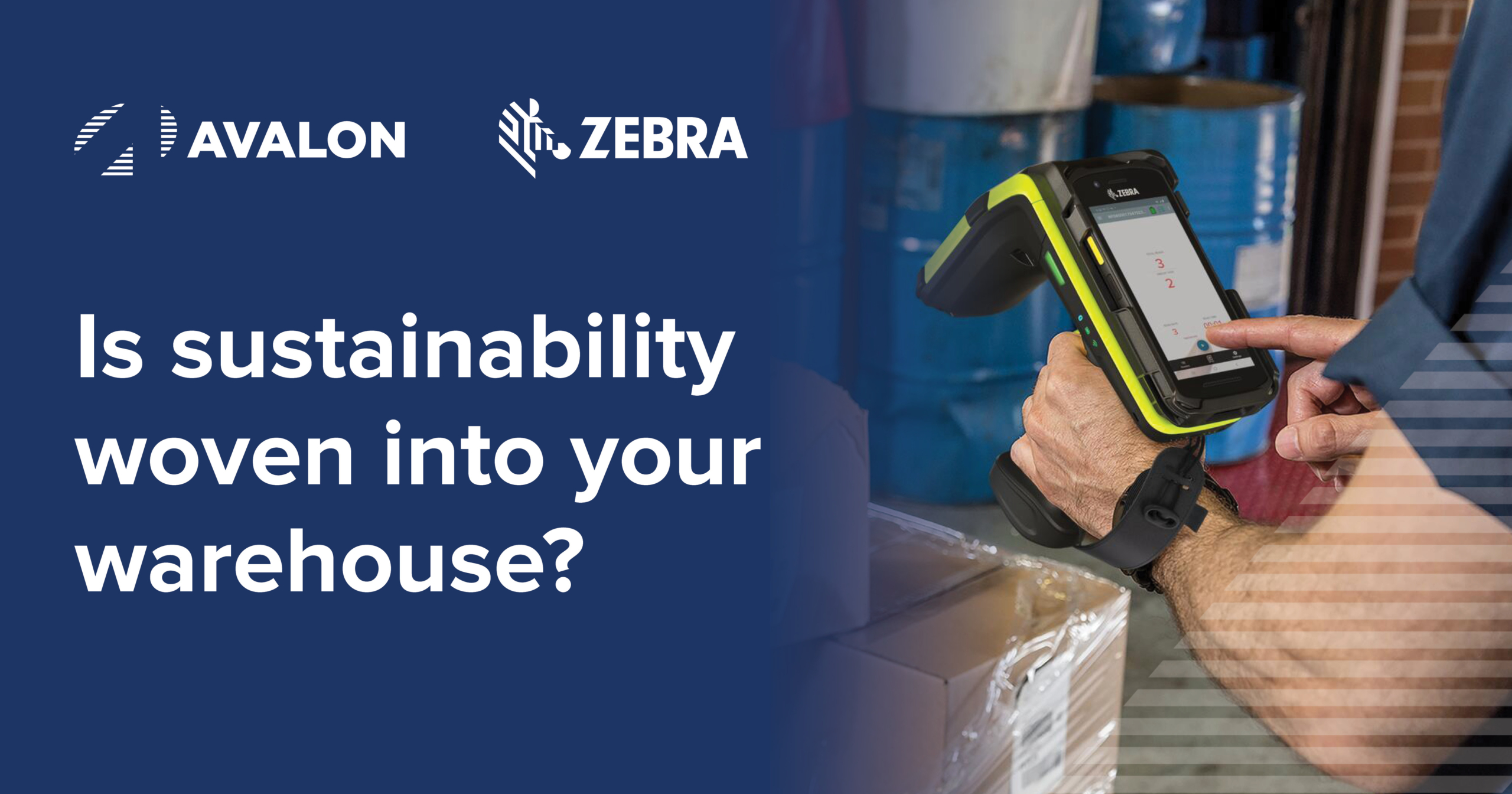Studies show that today’s consumers are far more conscious of a brand’s environmental impact, placing a demand for complete traceability, especially in the food and beverage industry. A mere 20% of consumers truly trust brands to ensure food safety, fueling further skepticism regarding sustainable practices in food distribution. With Earth Day (April 22, 2022), being a few weeks away, companies are encouraged to revisit sustainability plans and ensure proper tracking visibility. As a matter of fact, around 96% of supply chain decision-makers agree that operational visibility provides a clear advantage. Therefore, optimizing sustainable tracking proves to be both beneficial to your brand and your customers.
How to get started:
While there are several tools available today for sustainable distribution, very few systems prioritize ease-of-use in and out of the four walls. Though indispensable in any automation solution, hardware alone cannot carry to sole weight in securing sustainable traceability. When adding an eco-friendly layer to your visibility solution, consider the following…
1. How are GS1 standards being tracked?
Developed with the sole purpose of facilitating system communication and visibility, GSI standards help ensure products are ready for purchase by aggregating identifiers in a common language. From organic meat to processed candy, products are expected to be identified by markers readable through any system. GS1’s simplicity and compatibility have led nearly 90% of small and growing businesses to adopt its system, also confirming its cost-effectiveness.
To best leverage GS1 standards, companies are encouraged to verify raw materials, completed products, and shipments display unique GS1 identifiers and any other necessary variable information. Production status should also be easily identifiable, so field teams and retailers know when to expect shipments. These identifiers can be recorded digitally with the help of barcoding or RFID technologies for reduced manual errors.
2. Can the number of deployed devices be minimized?
More deployed devices per worker maximizes the risks of increased electronic waste. Although several next-generation devices have been optimized to consolidate workflows, food distribution provides additional challenges as devices must be rugged enough to survive drastic temperature changes within one facility. When it comes to field delivery teams, solutions must factor in long distances to verify connectivity is maintained.
In addition to consolidating workflows through one rugged device, a push-to-talk communication solution may also be beneficial to eliminate two-way radios while connecting field teams and distribution centers without more devices. For example, Zebra’s Workforce Connect app provides instant communication and secured text messaging independent of cellular connectivity, so transportation teams can update ETAs and optimize routes for less wasted fuel.
3. Are legacy/outdated devices being properly recycled?
Although e-waste composes only 2% of American landfills, it’s responsible for 70% of overall toxic waste. Every effort to minimize toxic waste empowers future generations to live on a cleaner planet. That’s why companies are encouraged to verify decommissioned devices are properly recycled according to local and federal compliance standards. Currently, 25 states are actively targeting electronic waste through mandated recycling initiatives.
As a Zebra Premier Solution’s Partner, Avalon strives to pair proper recycling with enterprise-ready upgrades through the GO-Zebra Trade-In Program. Outdated devices from any manufacturer may be traded in for cash rebates to be used on newer Zebra upgrades. Outdated devices are properly disposed of without compromising the environment or data security through our trusted recyclers.
If you are unsure on how to answer any of the questions above, it may be time to rethink your tracking system to ensure it meets compliance standards and consumer expectations. Reach out to Avalon’s optimization experts to get step-by-step assistance in assessing your tracking system to best target optimization opportunities.


